Dare-Devil Aces, July 1937 by Frederick Blakeslee
Frederick Blakeslee painted all the covers for the entire run of Dare-Devil Aces. And each of those covers had a story behind it. The February 1937 Dare-Devil Aces’ cover is the first of Mr. Blakeslee’s “Planes by the Numbers” covers where he has so many planes on the cover, he explains which plane is what with a legend on the story behind the cover page. He featured the Hawker Fury on the previous issue—on this issue he gives the spotlight to German aircraft, and to the Henschel aeroplane in particular.
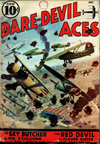 THIS month’s cover, as your practiced eyes can probably see, gives the spotlight to German aircraft, and to the Henschel aeroplane in particular. The five black figures represent a variety of Henschels, but the Hawkers which appear on the cover itself, have not been included. This is because most of you fellows know enough about Hawkers, already, to fly them or draw them in your sleep.
THIS month’s cover, as your practiced eyes can probably see, gives the spotlight to German aircraft, and to the Henschel aeroplane in particular. The five black figures represent a variety of Henschels, but the Hawkers which appear on the cover itself, have not been included. This is because most of you fellows know enough about Hawkers, already, to fly them or draw them in your sleep.
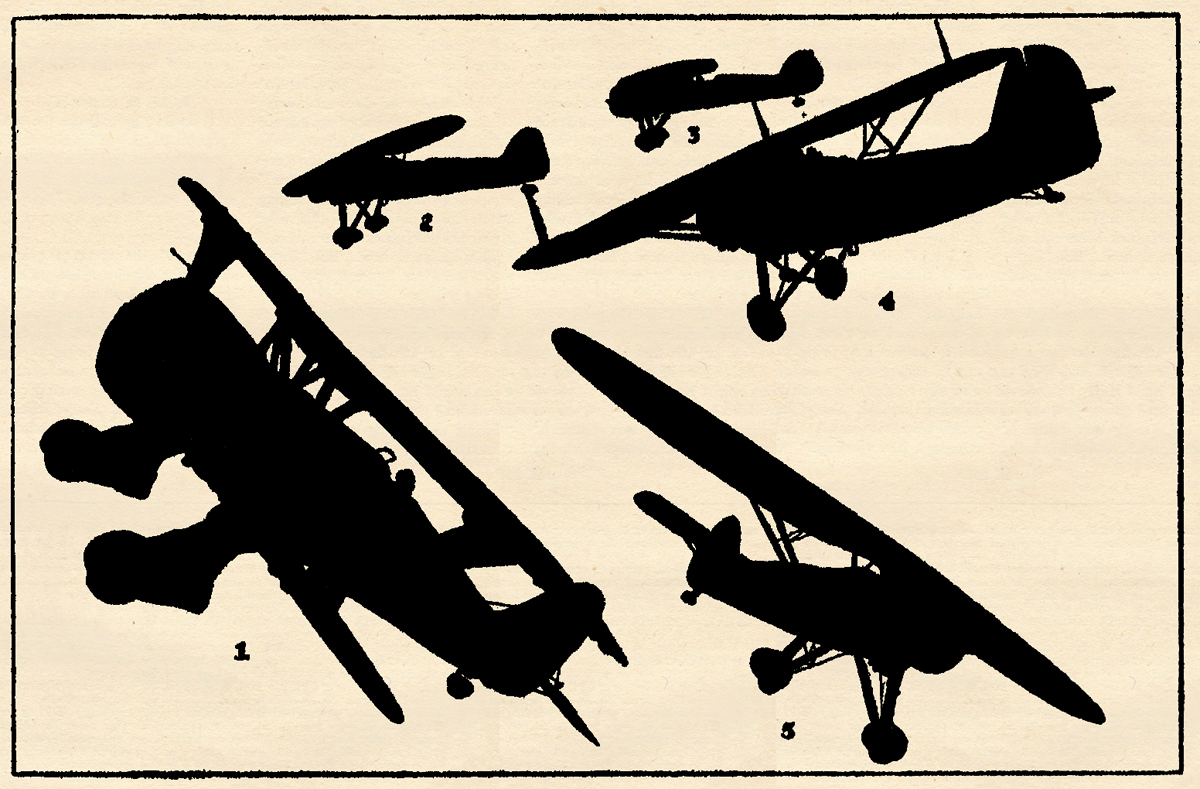
It’s too bad that we haven’t more information on ship number one, the Henschel dive-bomber. It’s really quite a crate. The German authorities have been careful about this plane and there are no available figures. However, we do know this much: This ship can really dive vertically, nose pointed directly at the earth, at any speed the motor is able to attain. And it can be pulled out of the most furious of dives without danger of breaking apart.
Planes numbers two and three are the short Henschel patrol jobs, while number four is a general purpose Henschel. But we still have one ship left, number five, and on this one, at least, we have some fairly good dope. Here it is: This last Henschel is a two-sealer, general purpose monoplane with one Siemens SAM. 22 nine-cylinder, radial air-cooled engine, which gives it a speed of 167.6 at ground level and a cruising speed of 146 m.p.h. This job lands at 51 m.p.h. Its service ceiling is 21,648 ft. and it has a range of 373 miles. Later, if I discover anything new on Germany’s Henschels, I’ll be glad to pass it along.
Fred Blakeslee
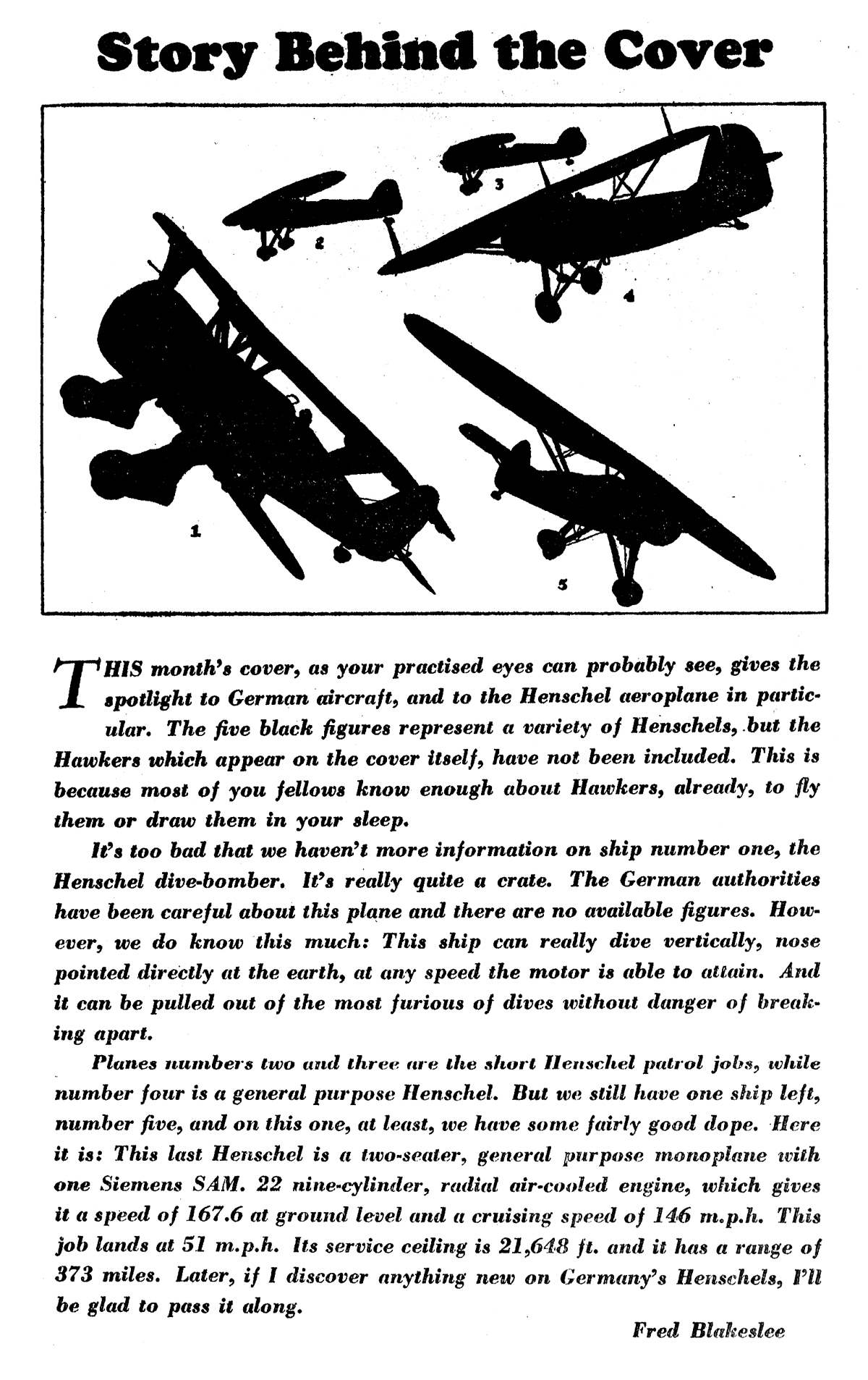
“The Story Behind The Cover” by Frederick Blakeslee
(July 1937, Dare-Devil Aces)





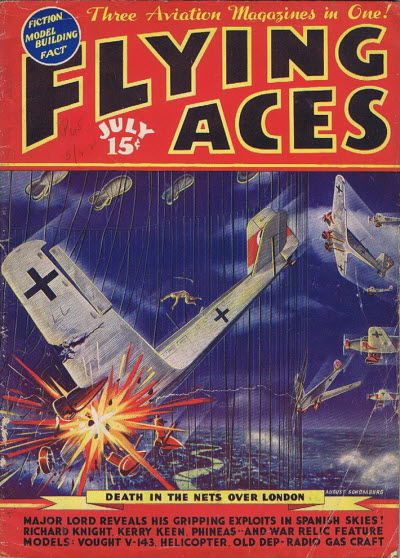 You heard right! That sound can only mean one thing—that Bachelor of Artifice, Knight of Calamity and an alumnus of Doctor Merlin’s Camelot College for Conjurors is back. Yes it’s the marvel from Boonetown, Iowa himself—Lieutenant Phineas Pinkham—and he goes to Gay Paree in this latest Roar! You’ve read about
You heard right! That sound can only mean one thing—that Bachelor of Artifice, Knight of Calamity and an alumnus of Doctor Merlin’s Camelot College for Conjurors is back. Yes it’s the marvel from Boonetown, Iowa himself—Lieutenant Phineas Pinkham—and he goes to Gay Paree in this latest Roar! You’ve read about 



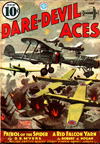

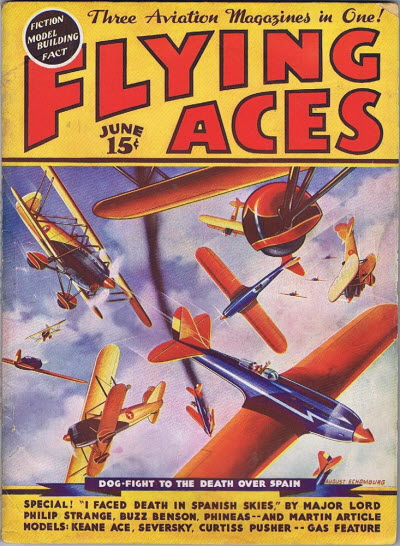 That sound can only mean one thing—it’s time to ring out the old year and ring in the new with that Bachelor of Artifice, Knight of Calamity and an alumnus of Doctor Merlin’s Camelot College for Conjurors—Phineas Pinkham. The Boonetown miracle is sent to Bagdad to find out the lay of the land between Bagdad and Mosul—the strength of Turkish troops, the number of guns, and all that sort of thing. But most important of all, he is to ferret out the Turkish spy—Mustapha Murad. It is a dangerous job, that Phineas accomplishes in his own inimitable style. It’s the Arabian Nights a’la Phineas Pinkham! From the pages of the June 1937 issue of Flying Aces, it’s “Bagged in Bagdad!”
That sound can only mean one thing—it’s time to ring out the old year and ring in the new with that Bachelor of Artifice, Knight of Calamity and an alumnus of Doctor Merlin’s Camelot College for Conjurors—Phineas Pinkham. The Boonetown miracle is sent to Bagdad to find out the lay of the land between Bagdad and Mosul—the strength of Turkish troops, the number of guns, and all that sort of thing. But most important of all, he is to ferret out the Turkish spy—Mustapha Murad. It is a dangerous job, that Phineas accomplishes in his own inimitable style. It’s the Arabian Nights a’la Phineas Pinkham! From the pages of the June 1937 issue of Flying Aces, it’s “Bagged in Bagdad!”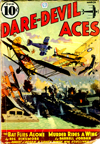
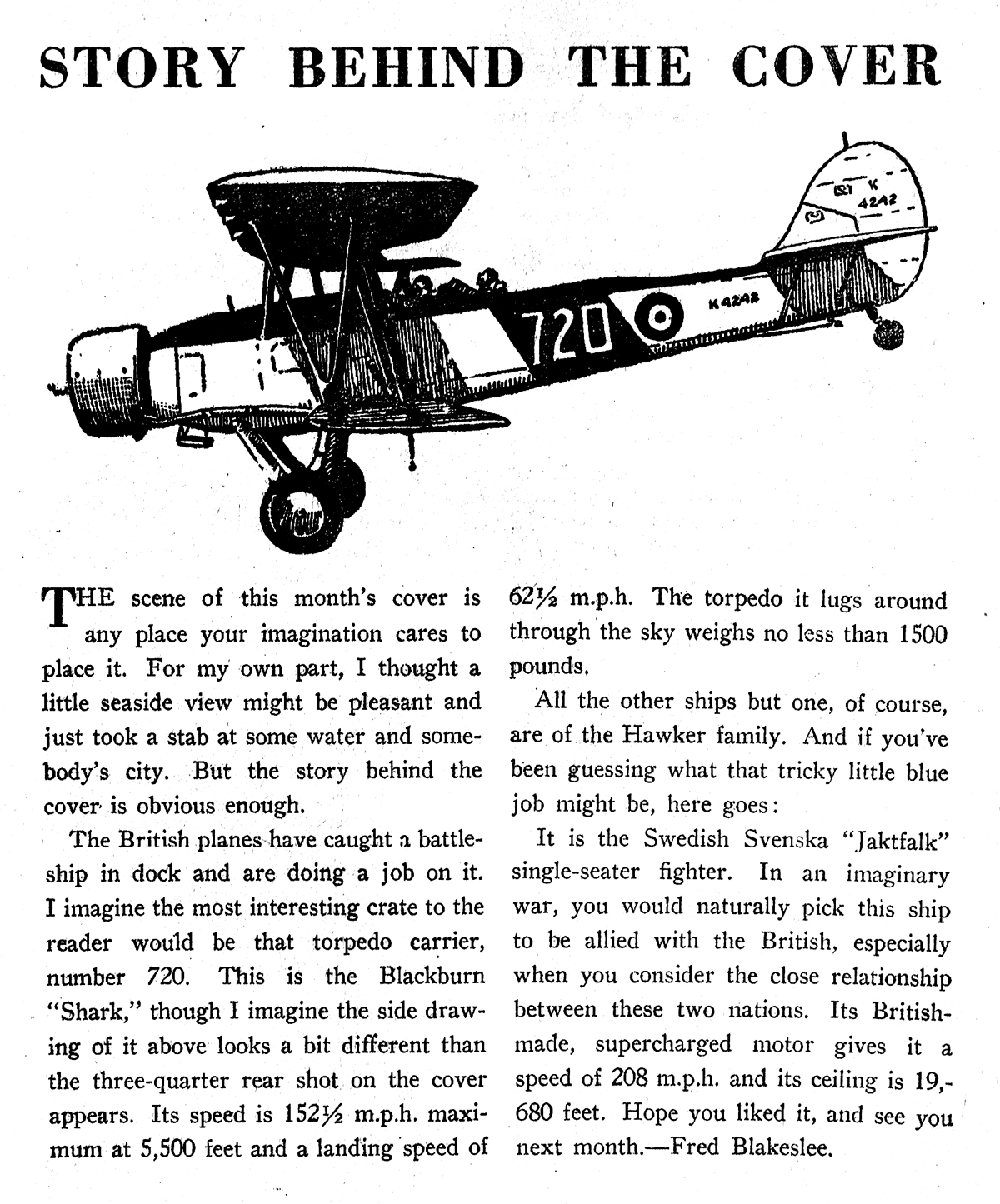
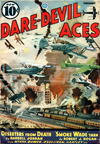
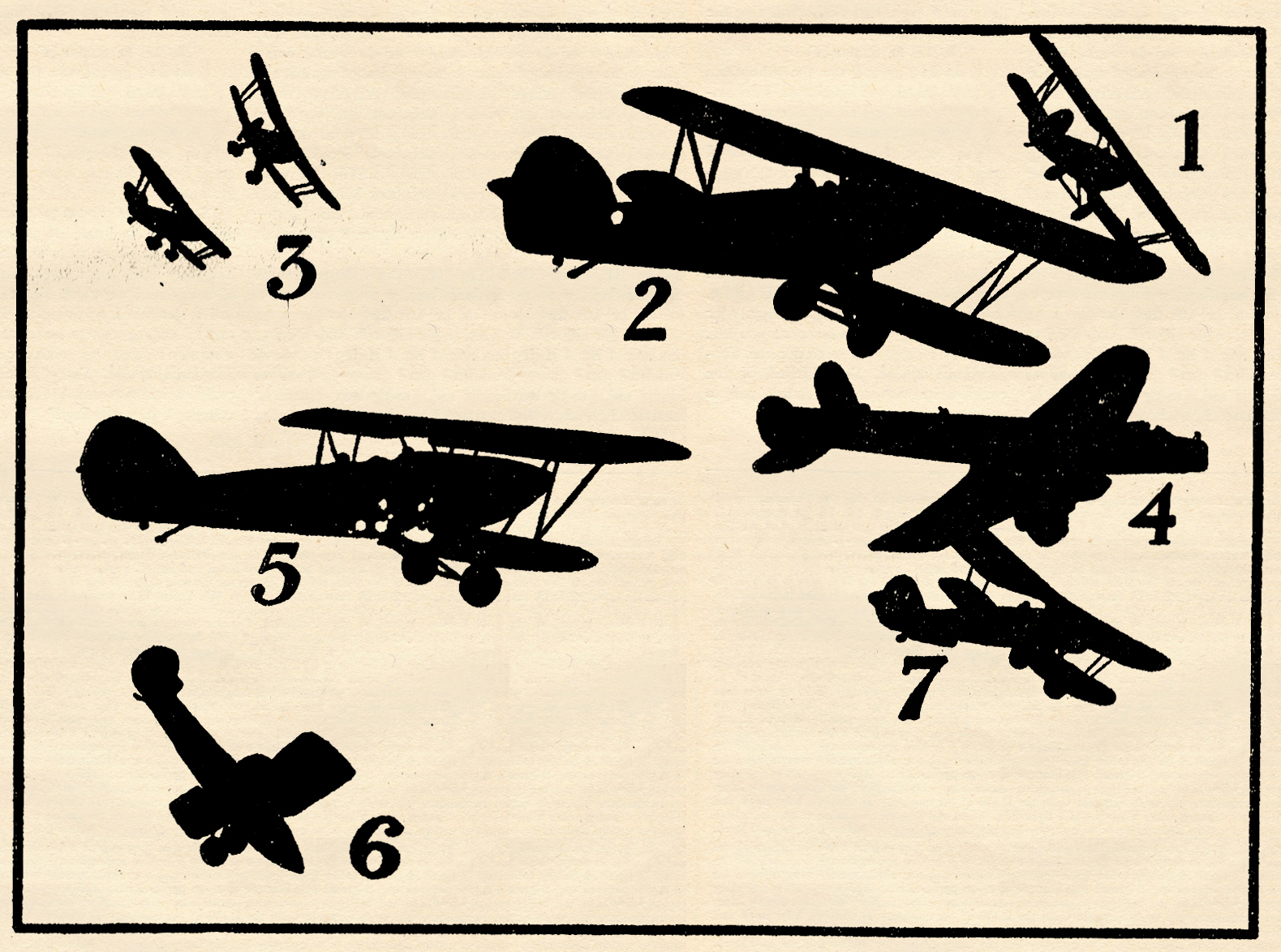
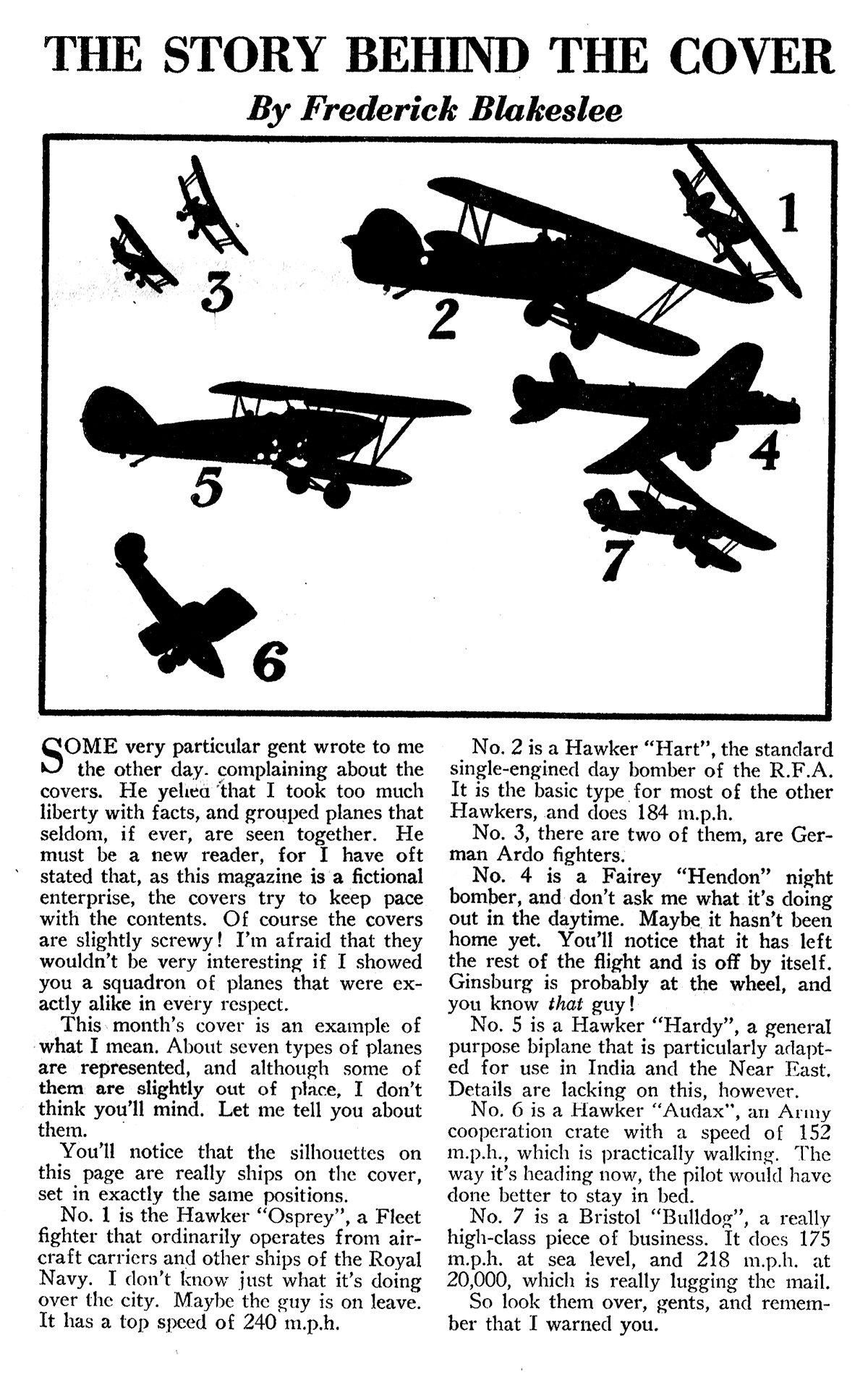
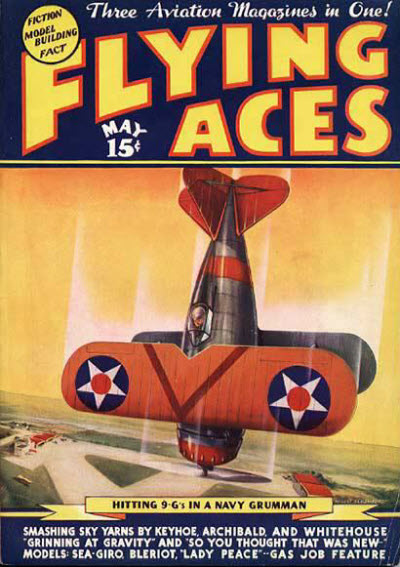 That sound can only mean one thing—it’s time to ring out the old year and ring in the new with that Bachelor of Artifice, Knight of Calamity and an alumnus of Doctor Merlin’s Camelot College for Conjurors—Phineas Pinkham.
That sound can only mean one thing—it’s time to ring out the old year and ring in the new with that Bachelor of Artifice, Knight of Calamity and an alumnus of Doctor Merlin’s Camelot College for Conjurors—Phineas Pinkham. 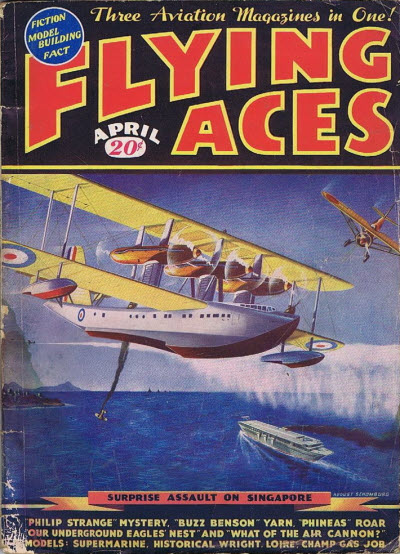 That sound can only mean one thing—that marvel from Boonetown, Iowa is back causing more trouble than he’s worth! During the last year of the colossal fuss the Italian board of strategy powwowed at Padua and came to the conclusion that something had to be done about the Austro threat across the Piave and sent out an S.O.S. to the western front calling for a triple threat airman who would be able to cope with one Baron von Zweibach who had become widely known from the Dardanelles to the Dover Straits as “The Caproni Crusher.” The only way to fight a triple treat is with a triple threat, so Wing sent that jinx to Jerries to Italy! It’s another Phineas Pinkham laugh panic from the pages of the April 1937 Flying Aces!
That sound can only mean one thing—that marvel from Boonetown, Iowa is back causing more trouble than he’s worth! During the last year of the colossal fuss the Italian board of strategy powwowed at Padua and came to the conclusion that something had to be done about the Austro threat across the Piave and sent out an S.O.S. to the western front calling for a triple threat airman who would be able to cope with one Baron von Zweibach who had become widely known from the Dardanelles to the Dover Straits as “The Caproni Crusher.” The only way to fight a triple treat is with a triple threat, so Wing sent that jinx to Jerries to Italy! It’s another Phineas Pinkham laugh panic from the pages of the April 1937 Flying Aces!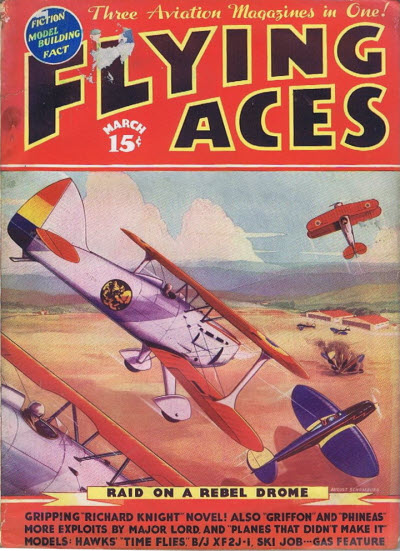 That sound can only mean one thing—that Bachelor of Artifice, Knight of Calamity and an alumnus of Doctor Merlin’s Camelot College for Conjurors is back to vex not only the Germans, but the Americans—the Ninth Pursuit Squadron in particular—as well. Yes it’s the marvel from Boonetown, Iowa himself—Lieutenant Phineas Pinkham!
That sound can only mean one thing—that Bachelor of Artifice, Knight of Calamity and an alumnus of Doctor Merlin’s Camelot College for Conjurors is back to vex not only the Germans, but the Americans—the Ninth Pursuit Squadron in particular—as well. Yes it’s the marvel from Boonetown, Iowa himself—Lieutenant Phineas Pinkham! 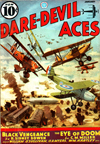
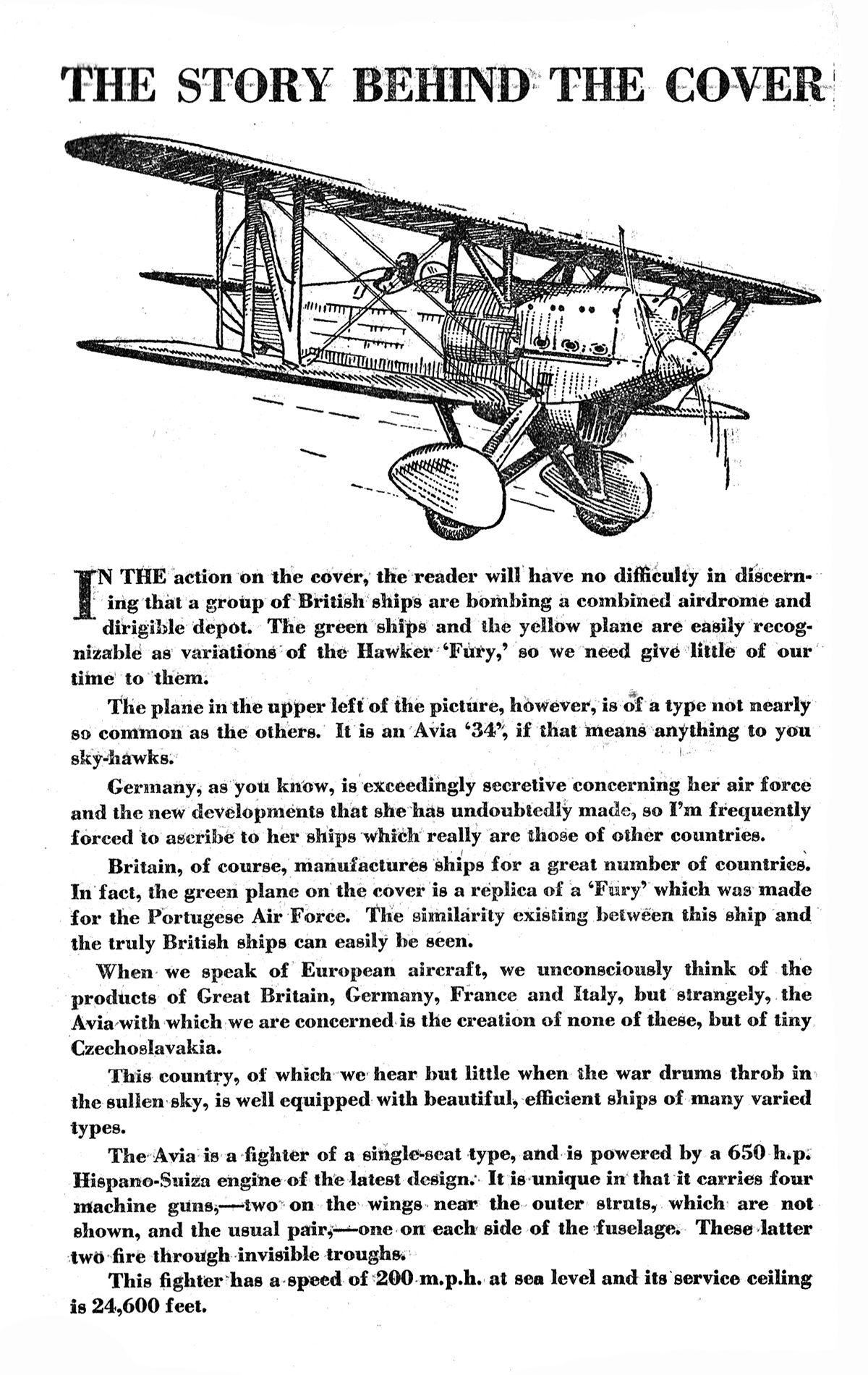
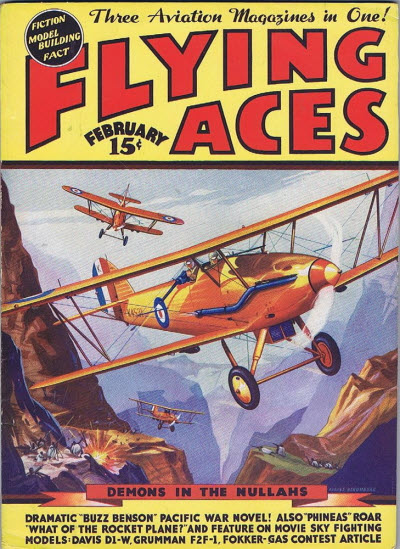 That sound can only mean one thing—that Bachelor of Artifice, Knight of Calamity and an alumnus of Doctor Merlin’s Camelot College for Conjurors is back to vex not only the Germans, but the Americans—the Ninth Pursuit Squadron in particular—as well. Yes it’s the marvel from Boonetown, Iowa himself—Lieutenant Phineas Pinkham!
That sound can only mean one thing—that Bachelor of Artifice, Knight of Calamity and an alumnus of Doctor Merlin’s Camelot College for Conjurors is back to vex not only the Germans, but the Americans—the Ninth Pursuit Squadron in particular—as well. Yes it’s the marvel from Boonetown, Iowa himself—Lieutenant Phineas Pinkham! 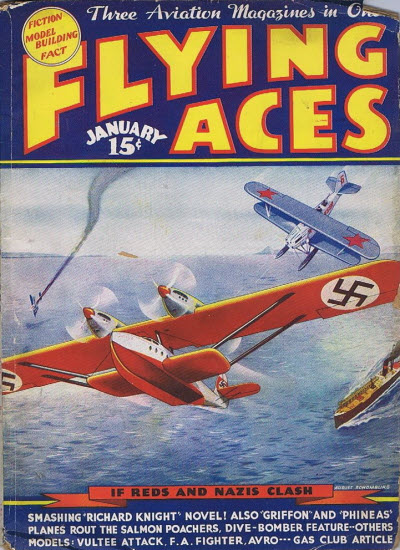 That sound can only mean one thing—it’s time to ring out the old year and ring in the new with that Bachelor of Artifice, Knight of Calamity and an alumnus of Doctor Merlin’s Camelot College for Conjurors—Phineas Pinkham.
That sound can only mean one thing—it’s time to ring out the old year and ring in the new with that Bachelor of Artifice, Knight of Calamity and an alumnus of Doctor Merlin’s Camelot College for Conjurors—Phineas Pinkham. 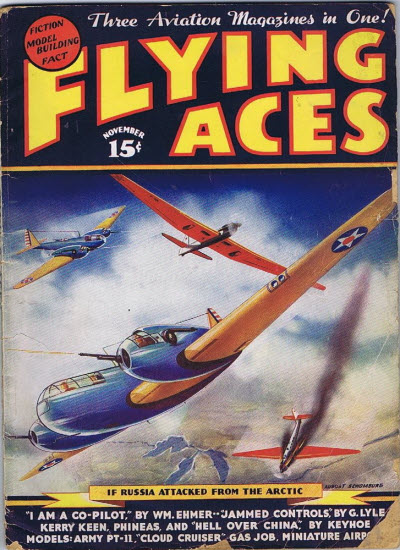 had a story in a majority of the issue of Flying Aces from his first in January 1930 until he returned to the Navy in 1942. Starting in August 1931, they were stories featuring the weird World War I stories of Philip Strange. But in November 1936, he began alternating these with sometime equally weird present day tales of espionage Ace Richard Knight—code name Agent Q. After an accident in the Great War, Knight developed the uncanny ability to see in the dark. Aided by his skirt-chasing partner Larry Doyle, Knights adventures ranged from your basic between the wars espionage to lost valley civilizations and dinosaurs. In their seventh outing from the pages of the November 1937 issue of Flying Aces, Knight and Doyle are sent to China and find themselves embroiled in a dramatic oriental sky mystery confronted by a death-ray that destroys all in it’s path! Can Agent “Q” avoid a mutated death within that eerie ray as he faces “Death Over China!”
had a story in a majority of the issue of Flying Aces from his first in January 1930 until he returned to the Navy in 1942. Starting in August 1931, they were stories featuring the weird World War I stories of Philip Strange. But in November 1936, he began alternating these with sometime equally weird present day tales of espionage Ace Richard Knight—code name Agent Q. After an accident in the Great War, Knight developed the uncanny ability to see in the dark. Aided by his skirt-chasing partner Larry Doyle, Knights adventures ranged from your basic between the wars espionage to lost valley civilizations and dinosaurs. In their seventh outing from the pages of the November 1937 issue of Flying Aces, Knight and Doyle are sent to China and find themselves embroiled in a dramatic oriental sky mystery confronted by a death-ray that destroys all in it’s path! Can Agent “Q” avoid a mutated death within that eerie ray as he faces “Death Over China!”